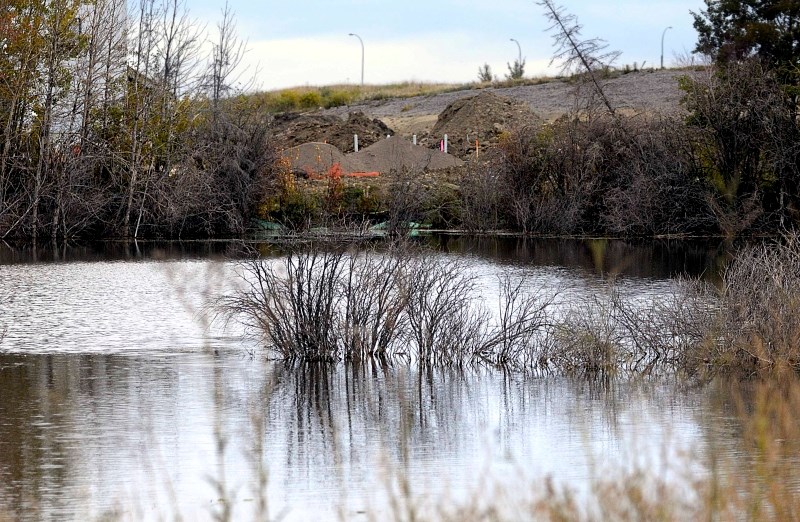Cochrane council adopted a new policy Sept. 23 in an effort to better conserve the community’s wetlands, addressing several preservation principles to guide the town’s future decision making.
In addition to safeguarding Cochrane’s existing wetlands, the newly updated policy aims to enhance the town’s ability to discover innovative solutions and to better clarify what the expectations and requirements will be when it comes to proposed developments.
“This is the backbone for setting the future value for wetland conservation,” said Cochrane’s senior manager of planning and engineering, Kathy Deitrich, adding that the policy would be an administrative tool that would provide a more defined process chart for development approvals. “I do believe that this policy will achieve more clarity.”
Incorporating four phases into its development – understanding the research, drafting principles and consulting with stakeholders, drafting the policy, while discussing with stakeholders and the public and ultimately making a decision – the Wetlands Conservation Policy addresses 10 guiding principles that is intended to provide this clarity for the review of development proposals.
Councillor Tara McFadden said she was not aware that the new policy would mean wetland preservation would be taken into consideration at the area structure plan stage of development.
Deitrich said the goal was to incorporate wetland thinking at an early stage to ensure all is being done to protect the areas, including establishing an appropriate setback around each wetland.
A setback is the area around the wetland that acts as a buffer between the area and any potential development around the wetland. Deitrich said there are differing philosophies on where and how large setbacks should be, and that each would be treated on a case-by-case basis.
Councillor Ross Watson looked for clarification on the treatment of stormwater prior to it being diverted into a wetland, wanting to ensue that the water was not going from the road straight into a wetland.
Karen Oldershaw, senior environmental specialist with Westhoff Engineering Resources, said there is a lot of conversation at present going on about how to properly treat stormwater. She said the water would be pretreated to remove solids, oil and grit.
Developments that result in the loss or degradation of a wetland could mean the developer is responsible for financial compensation for the damage or the replacement of the wetland.
Reparation provided for the loss of a wetland currently go to Ducks Unlimited, but with Alberta’s new policy in place, municipalities can work to have those funds stay in respective communities, something Deitrich said administration will work toward.
The new policy applies environmental reserve to any wetland classified from four to seven. Wetlands fall under a classification of one to seven, seven being the most significant. Currently, Cochrane has 204 wetlands, the vast majority of which are between Class 1 and Class 3.




